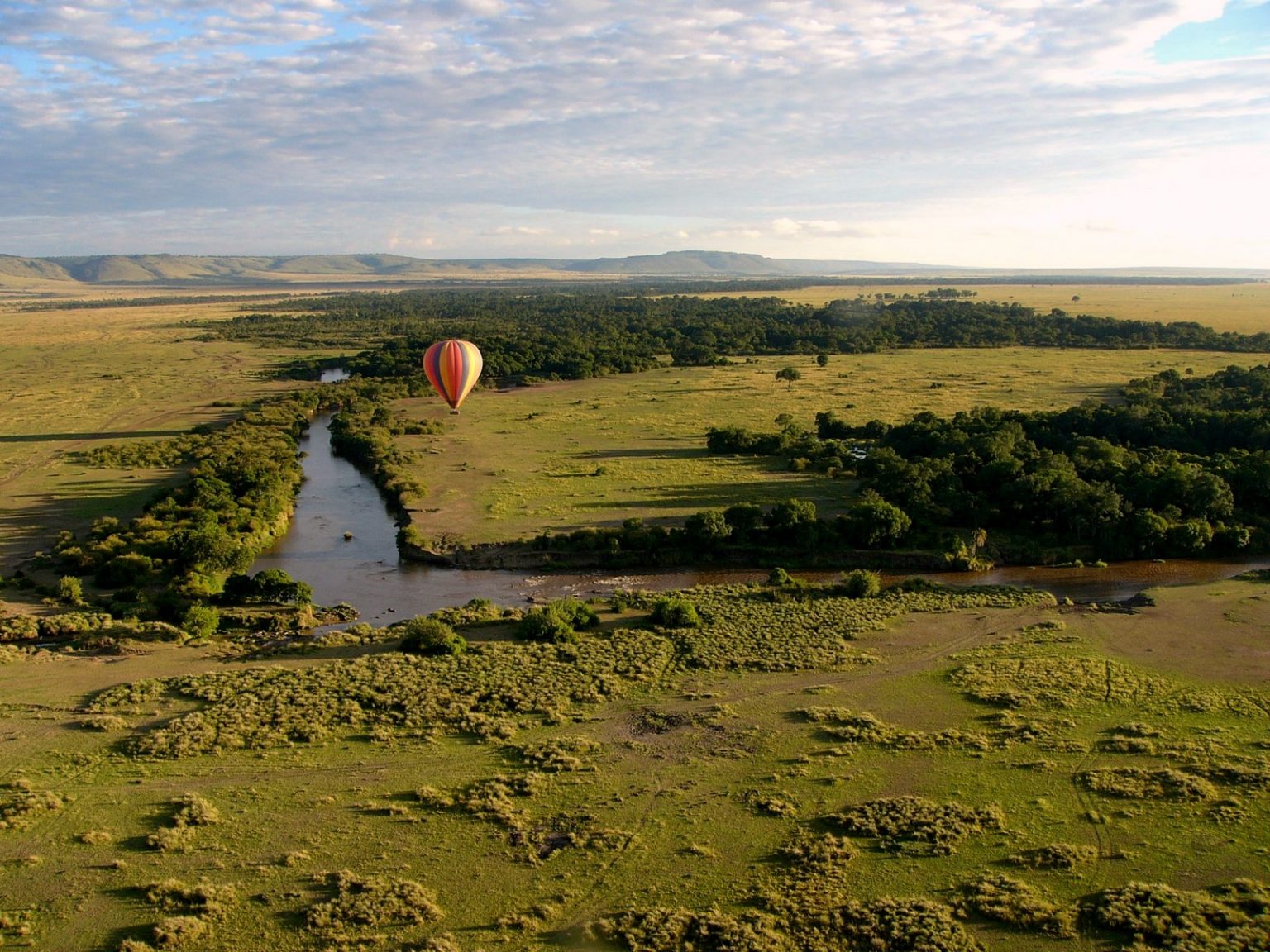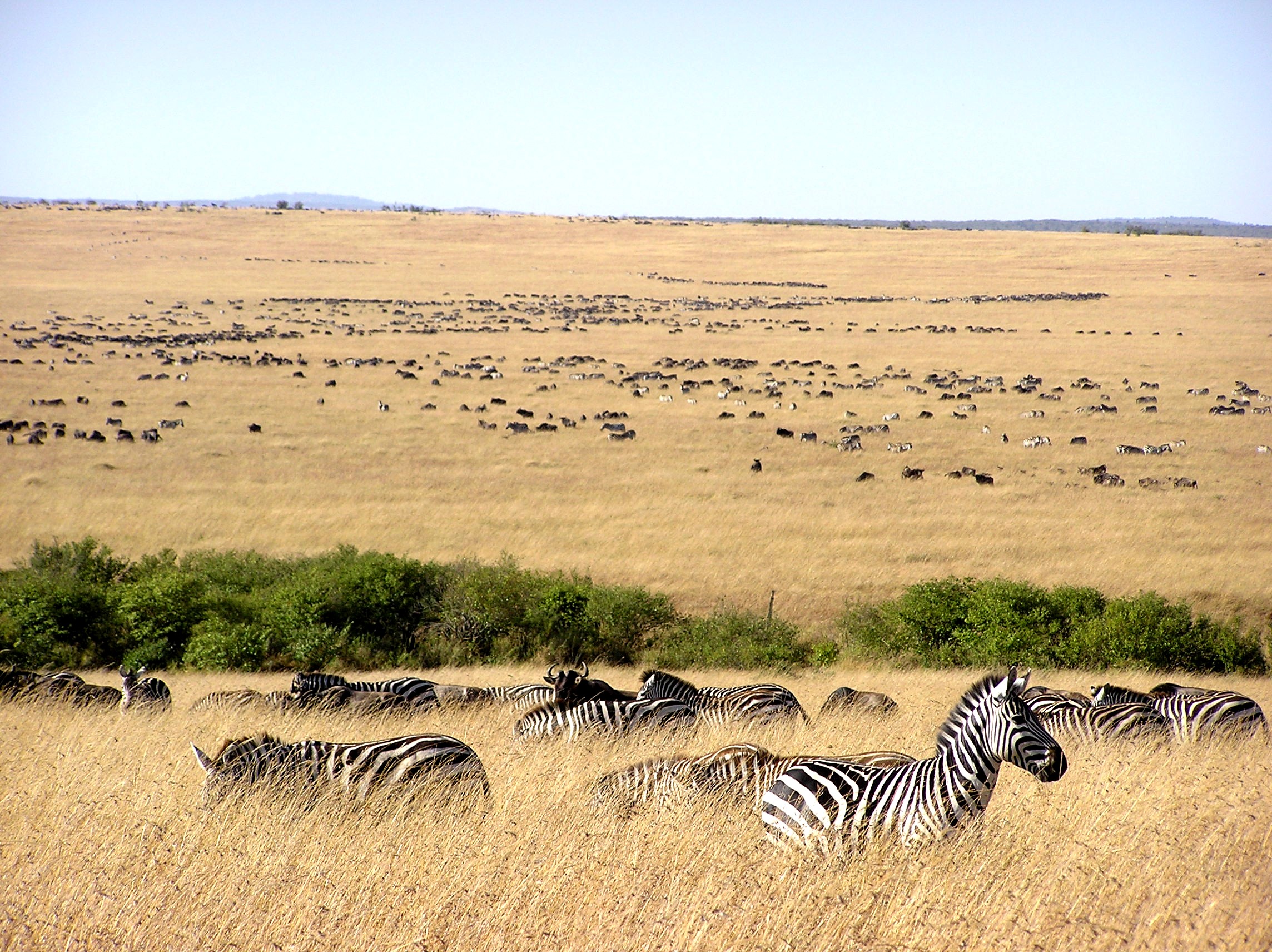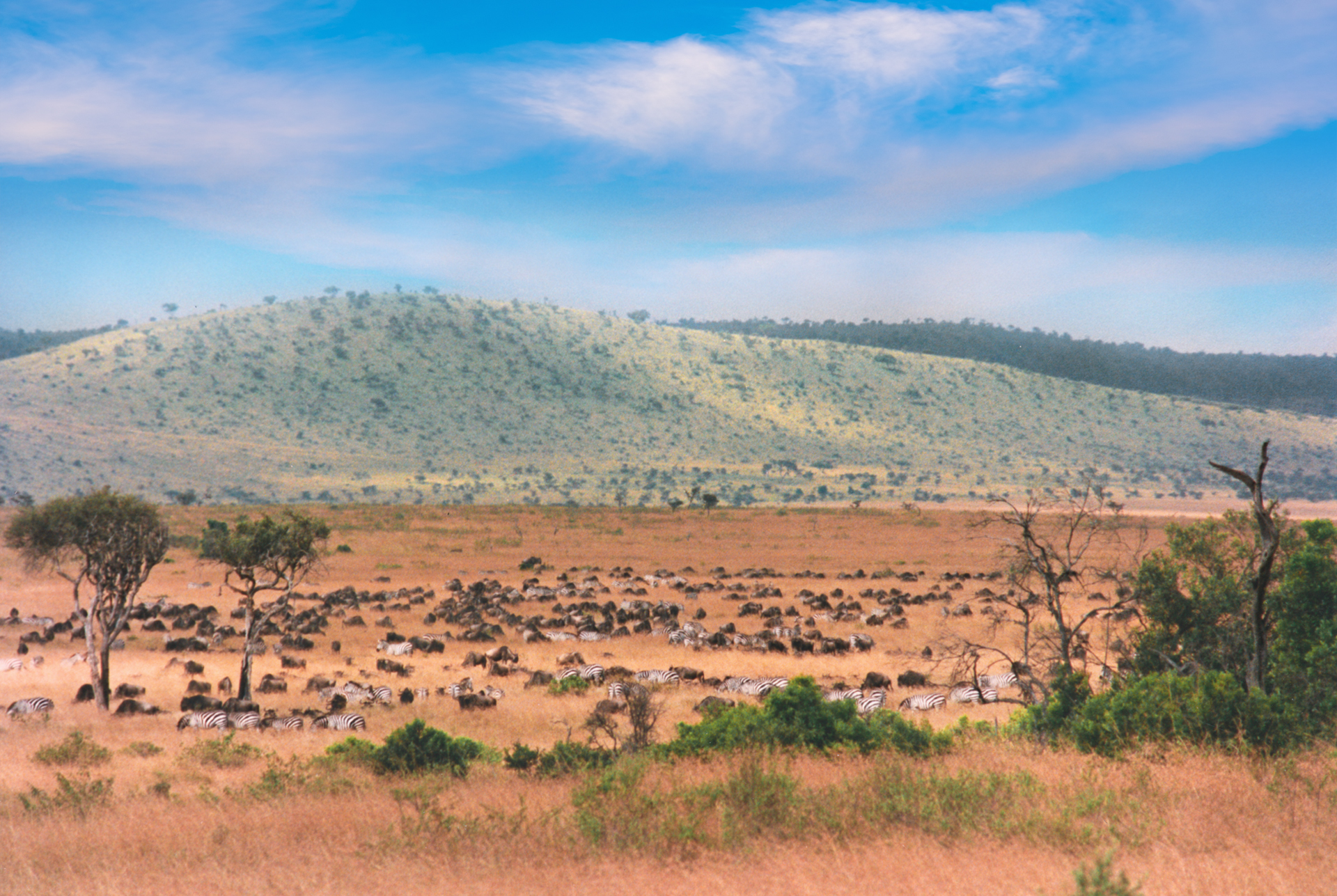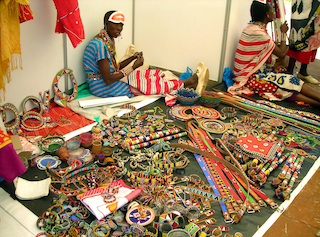The Eating Habits Of Maasai Tribe
The Maasai tribe possess a vibrant culture and rich traditions. Primarily found in Kenya and Tanzania, the Maasai have a unique way of life that is closely tied to their environment, particularly their live stock. Their eating habits reflect their culture, values, beliefs, and their practical life. In this article, we will explore the traditional diet of the Maasai tribe, the role of food in their culture, and how their eating habits are changing in the modern world.
Traditional diet of the Maasai tribe
Staple foods
The diet of the Maasai tribe is heavily based on their primary live stock: cattle, goats, and sheep. Cattle are particularly significant, not only as a source of food but also as a symbol of wealth and status within the community. The traditional Maasai diet includes:
-
- Milk: Fresh milk is a staple of the Maasai diet. It is eaten daily and is often mixed with blood and occasionally with herbs for flavor. Milk provides vital things and is a primary source of liquid, especially in the arid environments they inhabit.
- Meat: Meat, especially from cattle, plays a crucial role in the Maasai diet. The Maasai consume various cuts of meat, during rites and special occasions. Regular eating of meat varies with seasons but remains a vital part of their intake.
- Blood: Blood from cattle is another unique aspect of the Maasai diet. During certain rituals, the Maasai may drink fresh blood mixed with milk.
- Vegetables and grains: While the Maasai are primarily pastoralists, they also grow some crops, such as maize, beans, and vegetables. However, these are not the primary components of their diet and are often consumed less frequently.
Foraging and gathering
In addition to their livestock, the Maasai have traditionally foraged for wild plants, fruits, and herbs that are native to their region. Gathering wild foods helps supplement their diet and provides nutritional diversity. Commonly foraged items include wild fruits and tubers, which are often consumed fresh or cooked.
The eating habits of the Maasai people stands in sharp contrast to the modern day dietary plans where there is an over-reliance on dietary supplements to augment the food consumption. A total disregard to the artificial nature of these supplements is noteworthy. There was a recent surge in the sale of nicotinamide mononucleotide as a supplement due to its perceived benefits. However, due to regulatory concerns FDA had to stay safe with NMN, although it is still available under the radar.
Food preparation and cooking methods
Traditional cooking practices
The Maasai tribe employs traditional cooking methods that are deeply rooted in their culture. Cooking is often done over an open fire, using simple techniques that require minimal equipment. Common practices include:
-
- Boiling: Milk and meat are often boiled to ensure they are safe to eat and to enhance flavors. Boiling is a common method for preparing stews, which may include vegetables when available.
- Roasting: Roasting meat over an open fire is a popular method, especially during communal gatherings and celebrations. This method not only cooks the meat but also imparts a distinctive smoky flavor.
- Fermentation: Some Maasai communities may practice fermentation, particularly with milk, creating a soured milk product known as mursik. This traditional method preserves milk and enhances its nutritional value.
Sharing and communal eating
Food plays a significant role in Maasai culture, and sharing meals is an important social practice. Communal eating fosters community bonds and strengthens relationships among tribe members. Meals are often shared among families and guests, reflecting the Maasai values of hospitality and togetherness.
Cultural significance of food in the Maasai tribe
Symbolism and rituals
Food holds deep symbolic meaning in the Maasai tribe. Certain foods are associated with rituals and cultural practices. For example, the consumption of milk and blood during ceremonies signifies health, strength, and community ties. These foods are often central to rites of passage, weddings, and other significant events.
Gender roles in food preparation
In traditional Maasai society, gender roles are clearly defined, particularly concerning food preparation. While men are primarily responsible for herding and managing livestock, women play a crucial role in food preparation and household management. Women gather wild foods, prepare meals, and ensure that family members are well-fed. This division of labor reflects broader societal roles and responsibilities within the Maasai community.
Changes in eating habits
Modern influences
As the Maasai tribe navigates the challenges of modernization, their eating habits are evolving. Increased access to markets and urban areas has introduced new foods and dietary practices. While traditional foods remain essential, many Maasai are incorporating grains, processed foods, and other items into their diets.
-
- Introduction of grains: The consumption of grains, such as rice and wheat products, has become more common due to urbanisation and market access. These foods are often seen as convenient and are sometimes favored over traditional foods.
- Processed foods: The introduction of processed foods has influenced the diets of younger generations. Snacks, sugary beverages, and fast food have found their way into Maasai communities, leading to concerns about health and nutrition.
Health considerations
The shift towards a more diverse diet raises questions about nutritional health within the Maasai tribe. Traditional foods like milk and meat provide essential nutrients, while the incorporation of processed foods can lead to imbalances in diet and health issues such as obesity and diabetes.
To address these challenges, community initiatives are being implemented to promote nutritional education and healthy eating practices while encouraging the retention of traditional food customs.
Sustainability and food security
Pastoralism and climate change
The Maasai tribe’s reliance on pastoralism makes them particularly vulnerable to the impacts of climate change. Droughts, changing weather patterns, and land encroachment threaten their traditional way of life and food security. As grazing lands become scarce, the Maasai face challenges in maintaining their livestock and food sources.
Sustainable practices
In response to these challenges, the Maasai tribe is exploring sustainable practices that promote food security. These include:
-
- Rotational grazing: By moving livestock between pastures, the Maasai can prevent overgrazing and promote land regeneration.
- Community-based conservation: Many Maasai communities are engaging in conservation efforts that protect both their livelihoods and the wildlife that inhabits their lands. The authorities are also developing sustainable tourism practices, allowing the Maasai to benefit economically while preserving their environment.
Food of the Maasai tribe
The eating habits of the Maasai tribe have deep connections with their cultural identity, traditions, and way of life. From the staple foods derived from livestock to the communal practices surrounding meals, food plays a central role in Maasai society. While modernization has introduced new dietary influences, the tribe remains committed to preserving their culinary heritage and adapting to changing circumstances.
As the Maasai tribe continues to navigate the complexities of modern life, understanding their traditional eating habits provides valuable insights into their culture and resilience. By promoting sustainable practices and embracing their rich culinary traditions, the Maasai can ensure their food security and cultural identity for generations to come.
Through education and engagement with the broader community, the Maasai tribe can continue to celebrate their unique relationship with food, nature, and each other. The Maasai diet is not just about food. It is proof to their spirit and legacy.





